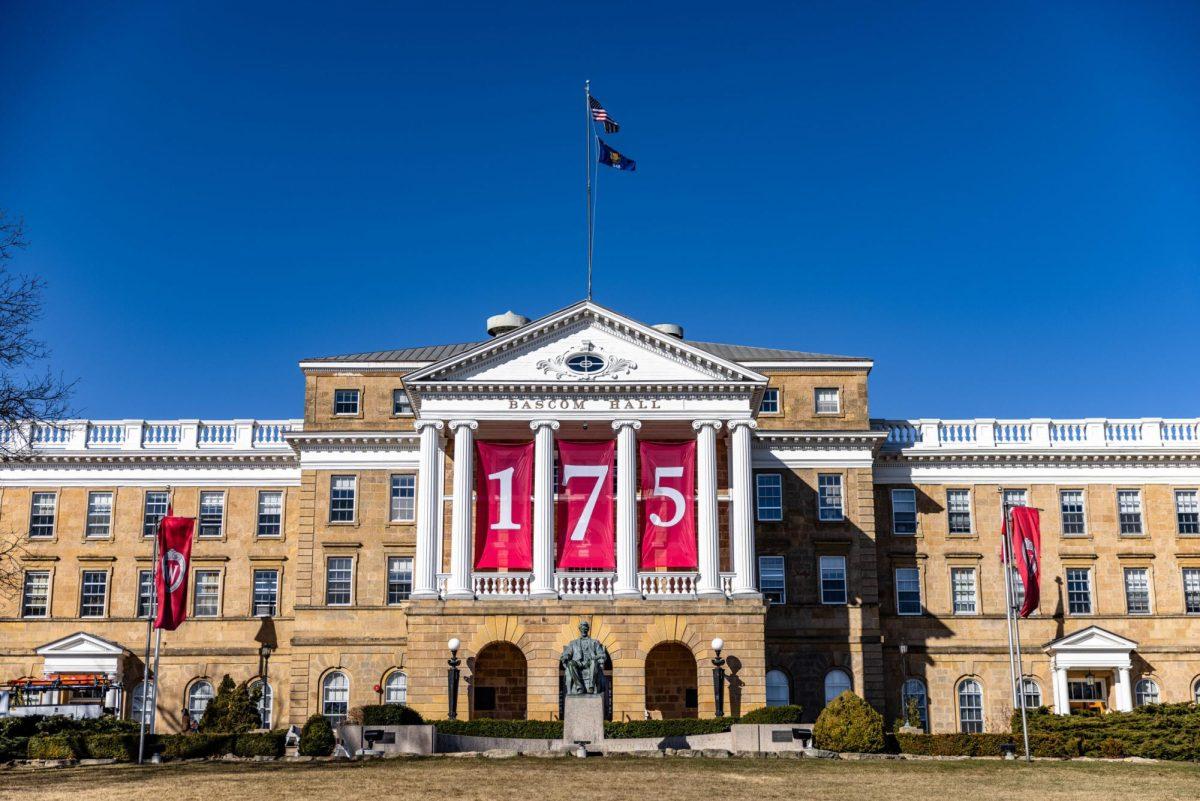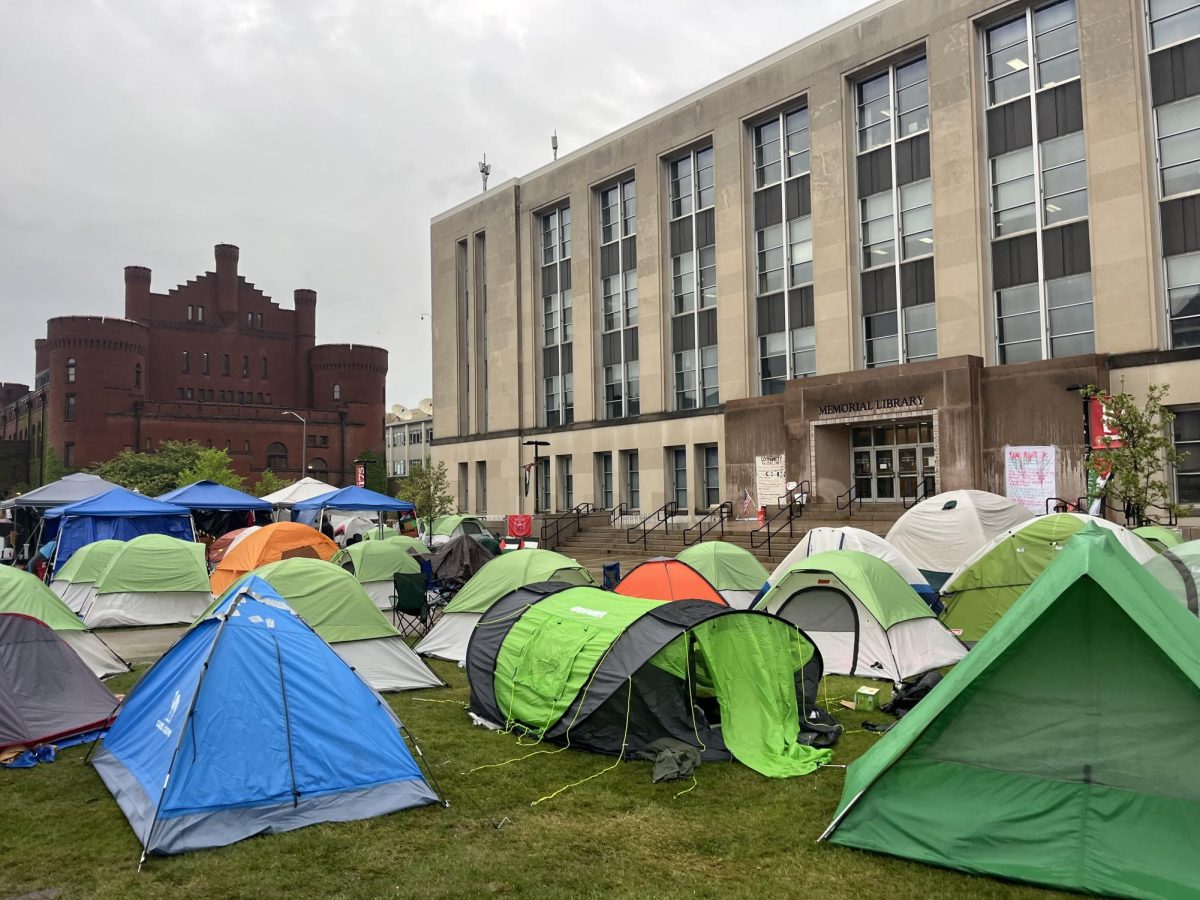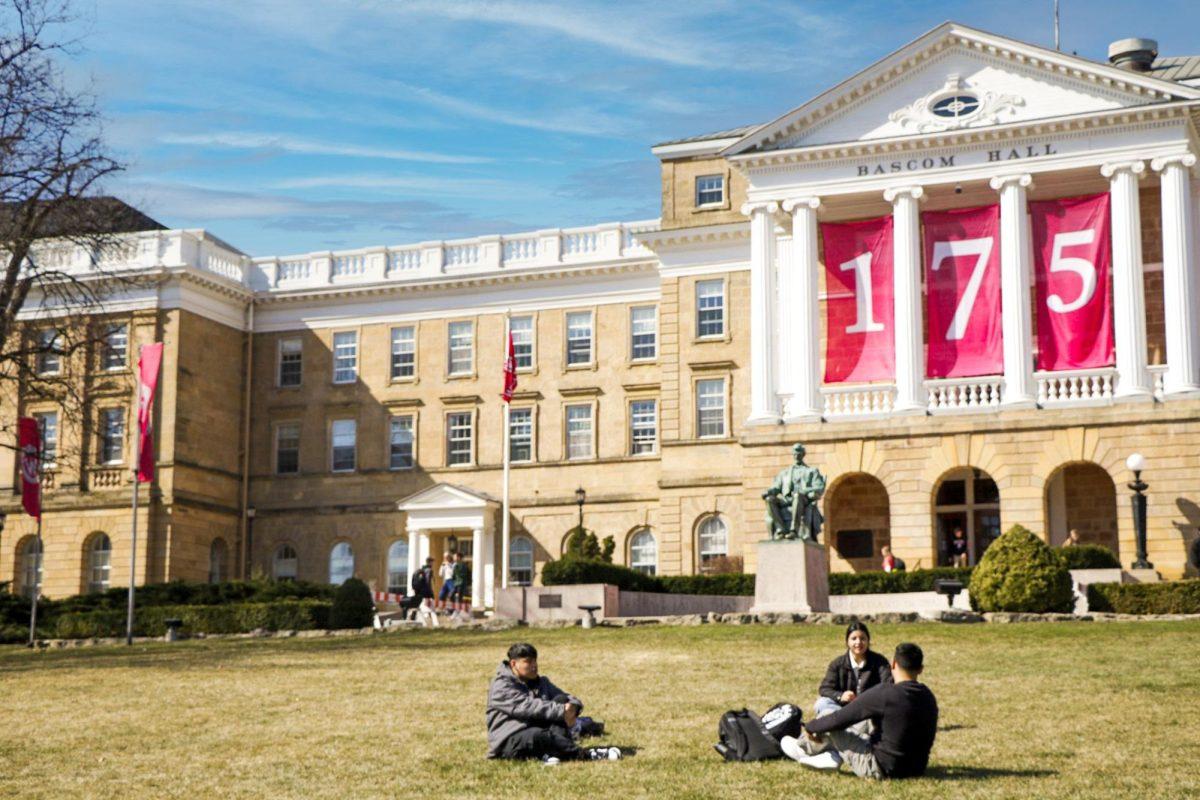University of Wisconsin research along the Pecatonica River in southern Wisconsin is currently examining the effectiveness of new techniques to restore wetland ecosystems.
Assistant professor of civil and environmental engineering Steven Loheide works with graduate students Eric Booth and Arlen Striegl to study the before and after effects of a floodplain restoration in 2008 at the site along the river, Booth said. The research takes a more holistic look at stream and floodplain ecosystems and how to restore them.
Specifically, the research focuses on monitoring soil moisture changes during the restoration, Striegl said.
Other restoration projects often only have general ideas of how to restore wetlands to their previous state, but Striegl said their research looks to hard science.
“We are trying to make [restoration] more scientifically rigorous,” he said. “If we want vegetation communities to reestablish, what do we need to do to get it to happen?”
In an effort to restore native prairie and vegetation along the river, the Wisconsin Department of Natural Resources and the Nature Conservancy in Wisconsin used heavy machinery to remove sediment as a new technique to restore wetland to its original state, Booth said.
Booth said this different approach addresses historical sediment issues caused by European settlers’ agricultural practices. He explained as settlers removed vegetation and grassland area, they mobilized sediment that ran into valleys and streams, burying the wetlands.
To get rid of the sediment, the machinery “scrapes off” the excess to get to the old surface. In some results, the technique restored wetlands, he said.
“Restoring wetlands effectively is on the cutting edge, and people are interested in learning about it,” Booth said. “It’s always a challenge to do these restoration projects, but you want to do it in the most effective way.”
To monitor the value of this approach, Striegl’s part of the research looks at different soil moistures and relates them back to vegetation communities.
To account for different soil moistures, Striegl said he takes a new approach to measuring them.
Traditionally, measurements of soil moisture come from a specific spot, a point measurement. A new approach takes measurements that are spatially and temporally distributed to achieve a better representation of the landscape of the soil moisture, he said.
“The restoration is about 40 acres,” Striegl said, adding that in a typical point measurement, a restoration project would have 20 soil measurements. “But [we] are trying to make it hundreds and hundreds of measurements.”
New instruments, such as a distributed temperature sensor that measures soil temperature, will determine soil moisture measurements. These measurements can help answer questions regarding the amount of moisture needed to establish certain wetland community and vegetation, Booth said.
However, Booth added limited resources associated with restoring wetland ecosystems create a need to continue to improve methods.
“We don’t have lots of money to do these projects, but at the same time, people are more interested… they are starting to understand the value of wetlands and intact ecosystems,” Booth said.
Loheide was not available for comment.












